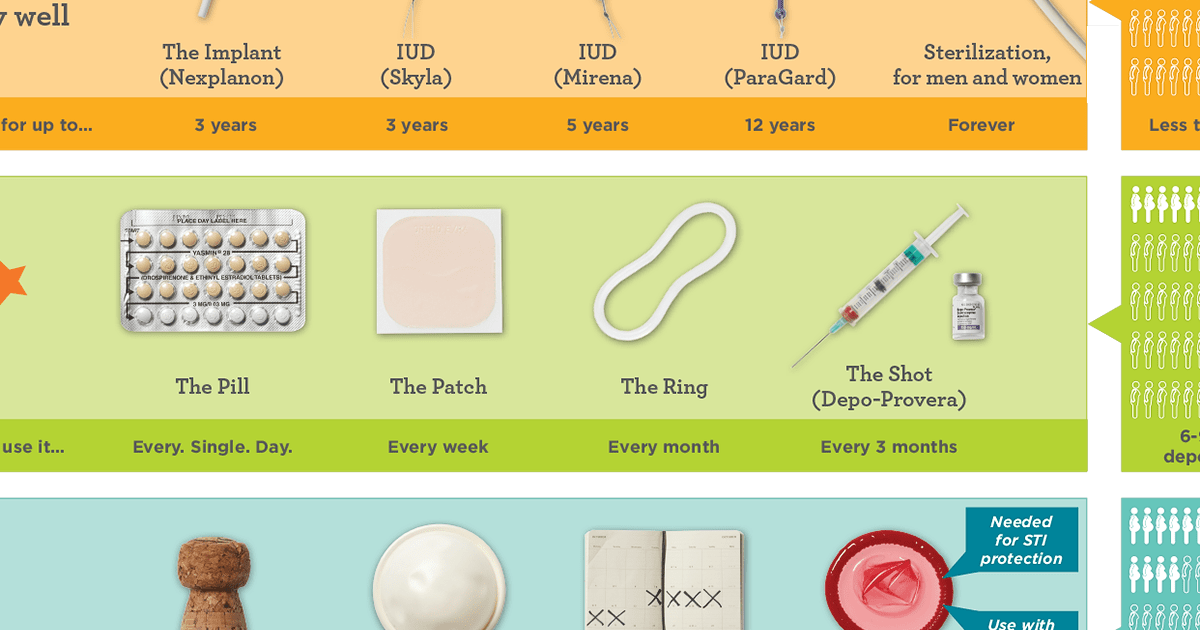

CHCs do have some short falls, some of which are quite serious, such as stroke or development of blood clots. This type of birth control is also used to suppress acne, help manage menstrual migraine, improve cycle regularity, and reduce the risk for ovarian cancer. What you may not know is that CHCs actually have benefits beyond contraception. CHCs come in a variety of forms, such as the daily pill, weekly patch, or a monthly intravaginal ring. Most contain the hormones estrogen and progesterone and vary in the amount of both. The effectiveness of these methods is largely dependent on the user and the ability to use them as prescribed, but when used correctly they are up to 99% effective.ĬHCs have undergone many changes over the past 60 years and, as a result, there are multiple options. They are considered systemic birth control, as they are absorbed into your body and work their magic on the pituitary gland in your brain, blocking your ability to release the hormones that make you ovulate (release an egg). Most commonly recognized in the form of the pill, ring, or patch, combination hormonal contraceptives (CHCs) are one of the most commonly used birth control methods in world. When used correctly, it is up to 93% effective. Some women may prefer this option as it is non-invasive and hormone-free. The gel is inserted into your vagina within an hour of having sex. Spermicide is only 72% effective at preventing pregnancy, so many may choose to use this in combination with condoms.Ĭontraceptive gels (like Phexxi) operate in a similar fashion by lowering the pH in your vagina to make it harder for sperm to move. They are inserted into the vagina 10-15 minutes before sex. These work by creating an environment that is hostile to sperm, killing it before it can travel to the egg. Like condoms, the sponge, along with spermicidal gel, can be conveniently purchased at your local drug store without prescription.įinally, there are spermicides and contraceptive gels. The sponge is inserted into the vagina and pushed up against the cervix. If you use your diaphragm perfectly every single time it is up to 94% effective, but in reality it can be closer to 88% effective.Īlso in this category is the contraceptive sponge, which also blocks sperm from reaching the uterus and has spermicide embedded in it ( Seinfeld fans may recall Elaine’s humorous love of the sponge). Unlike the condom, a diaphragm is prescribed by your provider and requires a fitting in the office. It is recommended that it be kept in for at least 6 hours after sex to ensure prevention of pregnancy, and can then be removed, cleaned, and reused. The diaphragm, if inserted correctly, will cover the cervix and, again, act as a barrier to sperm.

It is inserted into the vagina and hooked under the pubic bone up to 2 hours before having sex. Spermicide is applied to the outer ring and cup. It is a soft, plastic dome with a flexible ring. The diaphragm is also considered a barrier method and is one of the oldest contraceptive methods dating back to the 1930s (Though, perhaps made popular again in that famous scene in Sex And The City). The other options we’ll get into below are designed to prevent pregnancy, but do not provide protection against STDs. Please also keep in mind that condoms are the only method to protect against STDs.
BIRTH CONTROL OPTIONS PLUS
For this reason, heterosexual couples may choose to use condoms plus another form of birth control (like the pill, IUD, or shot) for added protection against unplanned pregnancy. The condom gives the added benefit of protecting women from a variety of STDs, such as HIV, gonorrhea, and chlamydia.Ĭondoms are known to have a higher rate of failure meaning, up to 15% of couples may experience an unplanned pregnancy when using condoms alone as their contraceptive method. Most are made of latex, but for those with allergies, non-latex varieties also exist. The most commonly used barrier method for the male is the condom, as the condom collects sperm and acts as a barrier to pregnancy. Here we’ll break down the primary methods: barrier methods, combination hormonal contraception, progesterone-only systemic contraception, long-acting reversible contraception, and sterilization. With many options for birth control available, you may be wondering which is best for you. Wade, more women are seeking to ensure they are managing their reproductive health in the most effective, comfortable way. Today’s birth control options range from traditional barrier methods to the high-tech LARCs (long-acting reversible contraceptives).

Since the groundbreaking FDA approval of the first oral contraceptive in 1960, we now have a wide range of options to meet our unique needs. The invention of birth control was a game-changer for women’s health allowing women to proactively manage their reproductive health and prevent pregnancy.


 0 kommentar(er)
0 kommentar(er)
